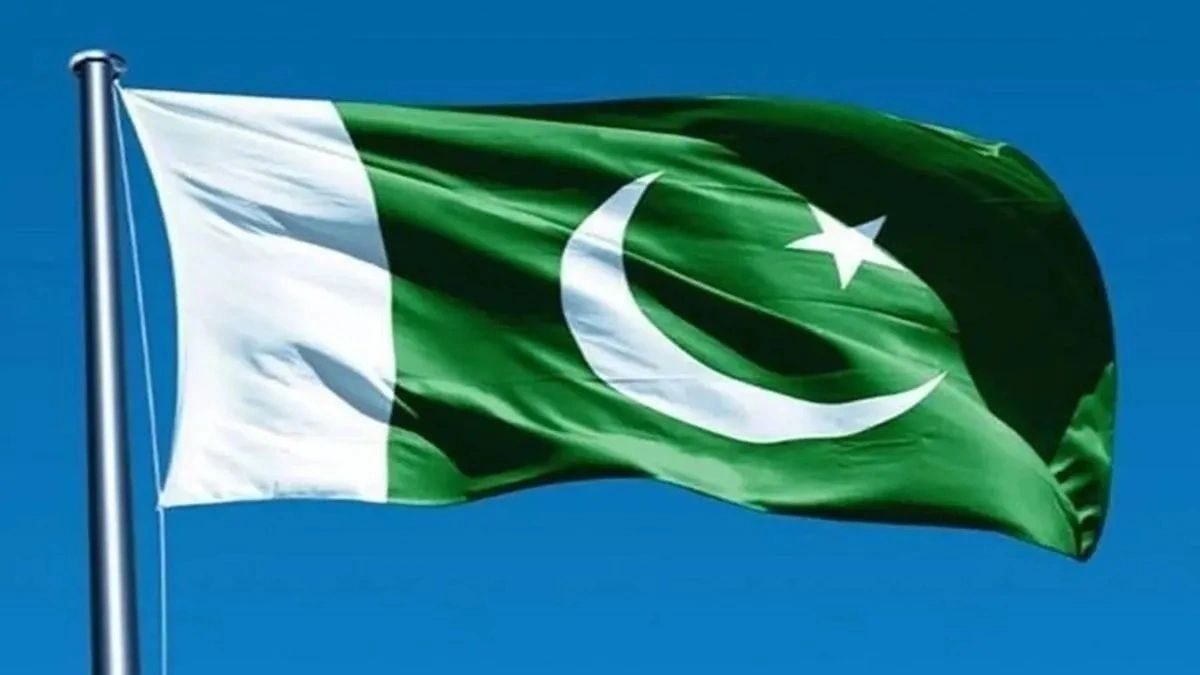
The stability of Pakistan is increasingly hinging on the outcome of a rapidly deteriorating economic crisis. Amidst a sharp rise in inflation, a political rift between Prime Minister Shehbaz Sharif-led Pakistan Democratic Movement (PDM) government and Imran Khan, and a surge in terrorism, the country is at the peril of defaulting due to its massive external debt obligations.[1] [2] This predicament has been further aggravated by the derailment of the USD 6.5 billion International Monetary Fund (IMF) program, which Pakistan enrolled in 2019, as the global lender is dissatisfied with Pakistan’s dedication to reform and its capacity to arrange for funds to meet external financing requirements. Alarmingly, Pakistan’s official foreign exchange reserves are hovering around USD 4 billion, which is inadequate to finance even one month of the country’s import bill.[3] Moreover, a recent report by the United States Congress funded United States Institute of Peace (USIP) has warned that there is “a real danger that Pakistan could default on debt”.
The USIP report “Pakistan’s Existential Economic Crisis” suggests that the looming default danger could further intensify political turmoil amid already surging terrorism in the country.[4] Pakistan’s 220 million population is grappling with the consequences of a severe political crisis. The crisis, which first emerged in last April, was triggered by the controversial ousting of former Prime Minister Imran Khan through a ‘vote of no-confidence’ motion in the parliament.[5] Whereas the continuous derailment of the USD 6.5 billion International Monetary Fund (IMF) bailout program has worsened Pakistan’s already precarious financial situation. Since late January, Islamabad has been hosting IMF officials aimed at negotiating a set of policy measures to secure USD 1.1 billion tranche to stabilise economy, which is perilously close to collapse. Pakistani analysts contend that this package is crucial for Pakistan to stave off the threat of defaulting on its “external payment obligations”. As a result, inflation in Pakistan, which is already running above 30 per cent, a near 50-year high, is expected to stay elevated.[6]
According to the USIP report, as of December 2022, Pakistan had accrued external debt and liabilities worth USD 126.3 billion.[7] Importantly, out of this amount, almost 77 per cent, which translates to USD 97.5 billion, is directly owed by the Pakistani government to various creditors. Furthermore, an additional USD 7.9 billion is owed by government-controlled public sector enterprises to multilateral creditors like the World Bank, Asian Development Bank (ADB), IMF, Islamic Development Bank, among others. More importantly, Pakistan owes approximately USD 27 billion to its “all-weather friend” China, which comprises USD 10 billion in bilateral debt, USD 6.2 billion in debt extended by the Chinese government to Pakistani public sector enterprises, and roughly USD 7 billion in Chinese commercial loans.[8] Moreover, China’s State Administration of Foreign Exchange (SAFE) has deposited USD 4 billion of foreign funds with the State Bank of Pakistan.[9] The bilateral debt is reportedly granted on concessional terms and has a maturity period of 20 years. In addition to the USD 27 billion debt, Pakistan has a currency swap arrangement with China.[10]
As per the report, the most important challenge Pakistan is facing the short-term to avoid the looming default is the imminent pressure of debt repayment, with external debt servicing burden amounting to USD 4.5 billion between April and June 2023.[11] The significant payments are scheduled for June when a USD 1 billion Chinese SAFE deposit and a Chinese commercial loan of approximately USD 1.4 billion are set to mature. The Pakistani authorities are optimistic about persuading Chinese to refinance and rollover both debts, as they have done so in the past. On March 31, Pakistani Finance Minister Ishaq Dar declared that China had rolled over a USD 2 billion loan that matured in the last week of March.[12] Interestingly, there has been no official confirmation from Beijing and the Chinese central bank on the rollover announcement, creating doubts in Dar’s hasty declaration.
Pakistan’s economic growth outlook is getting bleaker. Both the World Bank and the Asian Development Bank have recently revised the growth rate downwards to below 1 per cent for the current fiscal year.[13] [14] According to a World Bank report, the financial investment in Pakistan has been subject to pronounced “boom-bust cycles” over the past two decades, with growth averaging only 3.1 per cent a year in 2000-21, among the lowest average growth rates in South Asia Region (SAR).[15] The USIP report also suggests that the outlook for foreign direct investment in Pakistan has not been encouraging either. Over the past few years, investment has averaged a paltry USD 2 billion annually, largely due to a “difficult business environment and frequent policy shifts”.[16] This level of investment is expected to be the “best-case scenario” for the next few years in Pakistan.
Consequently, domestic businesses in Pakistan will continue to face investment difficulties, hampering the exports outlook in the coming years. The USIP report ends with a warning that should Pakistan default, there will be a series of consequential effects. Most notably, Pakistan’s imports may be disrupted, leading to a scarcity of essential goods and commodities.
[1] https://www.usip.org/publications/2023/02/pakistan-poised-take-ttp
[2] https://www.imf.org/en/News/Articles/2023/02/10/imf-staff-concludes-visit-to-pakistan
[3] https://www.brecorder.com/news/40235936/forex-reserves-fall-by-56m
[4] https://www.usip.org/publications/2023/04/pakistans-existential-economic-crisis
[5] https://www.aljazeera.com/news/2022/4/9/pakistan-prime-minister-imran-khan-no-confidence-vote
[6] https://www.siasat.com/pakistan-inflation-hits-all-time-high-2537989/
[7] https://www.dawn.com/news/1741011
[8] https://www.theguardian.com/world/2023/feb/23/pakistan-loan-china-intensifies-debt-burden-fears
[9] https://www.ft.com/content/53397013-7a94-470e-ab46-ffe0ed73c1d9
[10] https://tribune.com.pk/story/2387236/currency-swap-facility-costs-rs363b
[11] https://www.thenews.com.pk/latest/1045861-how-much-debt-does-pakistan-have-to-repay-by-june-2023
[12] https://www.reuters.com/world/asia-pacific/china-rolls-over-2-bln-loan-pakistan-finance-minister-2023-03-31/
[13] https://en.dailypakistan.com.pk/05-Apr-2023/world-bank-makes-big-cut-to-pakistan-s-gdp-growth-projection
[14] https://www.adb.org/news/pakistan-economic-recovery-rests-resuming-robust-reforms-adb
[15] https://www.brecorder.com/news/40233815/2000-21-period-world-bank-says-pakistans-31pc-growth-rate-among-lowest-in-s-asia
[16] https://www.brecorder.com/news/40235914/import-curbs-exacting-terrible-toll-on-businesses





